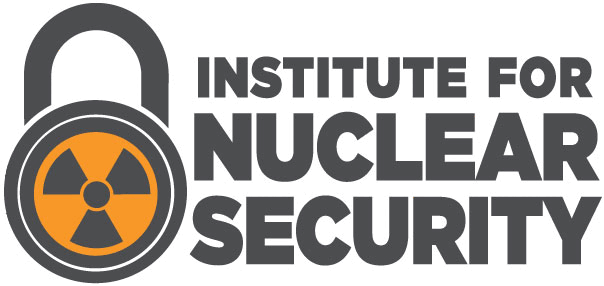Abstract
Assessing the vulnerability of physical protection systems (PPS) in nuclear medicine facilities is needed to prevent a security incident that could lead to the malicious use of nuclear material. Theft and sabotage of nuclear materials is becoming globally recognized. The current methods of assessing vulnerability tend to be oriented toward complex nuclear security; consequently, it is excessive to use such methods in simple facilities (i.e., radiotherapy facilities in hospitals).
The fault tree analysis is a method to assess vulnerability for a simple nuclear facility. The method’s primary events (i.e., basic events and undeveloped events) are able to accommodate fault causes that result from threats.
The implementation of this new evaluation method for a radiotherapy facility using Cobalt-60 (Co-60) in Sardjito Hospital shows that its PPS are vulnerable; the threat of interrupting the electrical supply lines make the detection functions fail.
DOI
https://doi.org/10.7290/v7kk98p2
Recommended Citation
Santosa, Haryono Budi
(2016)
"Modified Fault Tree Method for Vulnerability Analysis of Nuclear Medicine Facility Security System Case study: Radiotherapy Facility, Sardjito General Hospital,"
International Journal of Nuclear Security:
Vol. 2:
No.
2, Article 5.
https://doi.org/10.7290/v7kk98p2
Available at:
https://trace.tennessee.edu/ijns/vol2/iss2/5
Creative Commons License

This work is licensed under a Creative Commons Attribution 4.0 International License.
Included in
Defense and Security Studies Commons, Engineering Education Commons, International Relations Commons, National Security Law Commons, Nuclear Commons, Nuclear Engineering Commons, Radiochemistry Commons, Training and Development Commons


